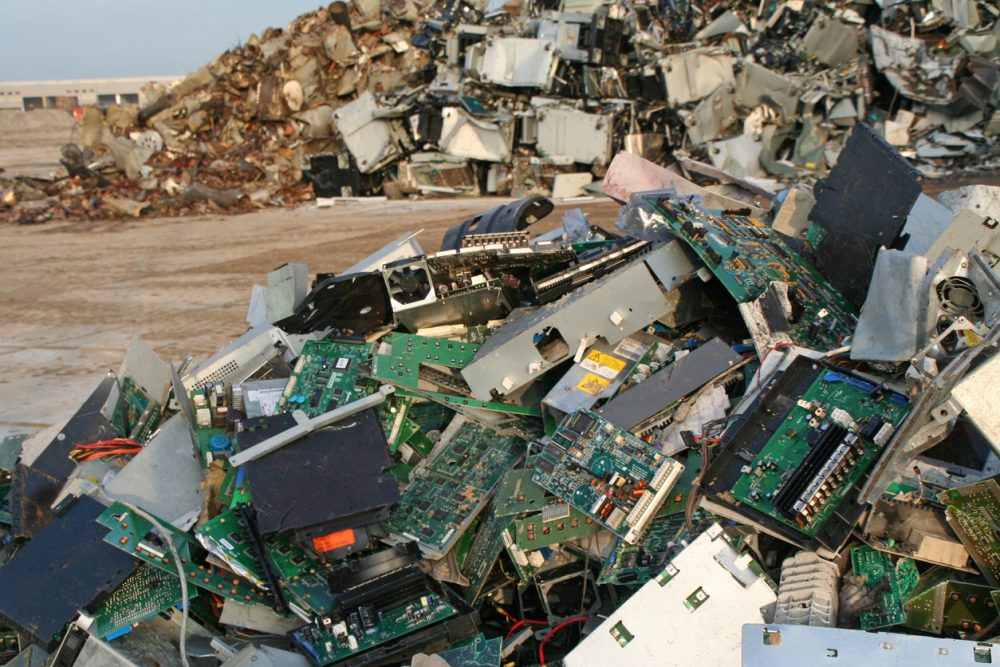Sustainability is a hot topic in the tech world. In his opening address to this year’s IFA show, current Managing Director of IFA Oliver Merlin said in regard to consumer sentiment, “I would say – only a year or so ago – that sustainability was at maybe number four or number five: Behind the price, behind the brand, behind the quality of the product. Now, sustainability is one or two.”
Statistics back this claim. According to the European Commission, 77 percent of Europeans feel a personal responsibility to act in ways that limit climate change. American consumers feel similarly with a recent report from McKinsey and NielsenIQ finding that 78 percent prioritize sustainable lifestyles.
In response to consumer sentiment, many companies are in a race to be deemed a “sustainable brand.” But, what does that mean in practicality? Initially adapted from forestry, sustainability is an umbrella term that can apply to a variety of different spheres: social, ecological, and economic.
From an ecological standpoint, the conversation regarding sustainability in the tech industry needs to be framed against the backdrop of global consumption and manufacturing.
The Cost of Production
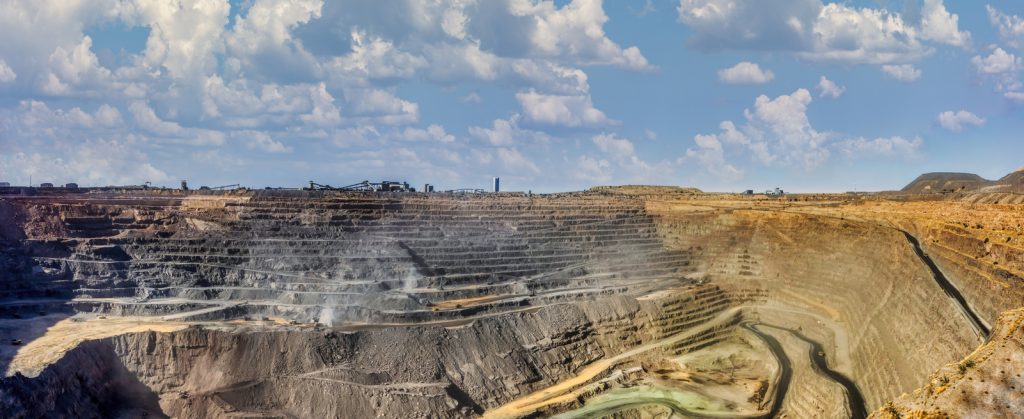
The environmental impact of extracting and processing the raw materials needed to produce the devices, gadgets, and appliances we use on a daily basis is costly – both to consumers and to the environment. According to a life cycle cost analysis (LCA) report conducted by Greenly, each iPhone 13 produces a total of 142 pounds of CO2 emissions over the course of its 3-4 year lifespan.
The extraction, production and transportation of raw materials and components – all the costs associated with the initial production of the device – account for a whopping 81 percent of those CO2 emissions. In 2022, Apple sold over 225.3 million iPhones, which – if you do the math — equates to roughly 16 million tons of CO2 produced, with 12.96 million tons being attributed to the initial production of the device.
The initial environmental cost of creating a device, gadget, or appliance wouldn’t be so hard to stomach if steps were taken on the back end to salvage products and materials to help cut down on future production costs. However, that is not the case. According to the 2020 United Nations e-waste monitoring report, 53.6 metric tons of e-waste are produced each year and out of that 53.6 million only 17 percent is collected and recycled in any capacity.
It doesn’t take a sustainability expert to see that this constant cycle of consumption is highly detrimental to the environment. However, recognizing a need for change and facilitating implementation are two vastly different things.
Just ask Elin Bergman, Co-Founder and Managing Partner at Nordic Circular Hotspot and Chief Operating Officer at Cradlenet, “I mean, we’re only recycling or getting around 7 percent of the resources back into the economy, while we’re wasting more than 90 percent so we haven’t even started yet.”
Creating and selling new products has been the core business model for manufacturers since the Industrial Revolution. As a result, change isn’t something that can be expected to happen overnight. However, it has become apparent that some paradigm shift is required of the industry to a production and consumption format that carries less environmental impact.
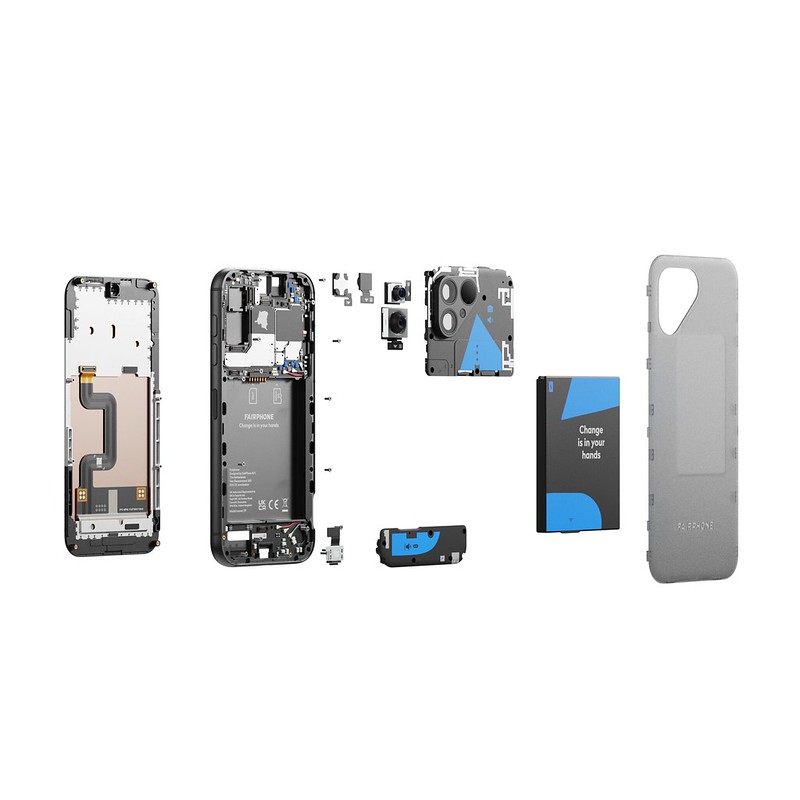
The Circular Economy
One potential solution is transitioning towards a more circular economic model, where an emphasis is placed on repairing products instead of replacing them to extend the life of the device. When repair isn’t possible, the focus under this model shifts to reclaiming as much of the valuable raw materials as possible.
This is a great concept, however, companies such as Fairphone, a Dutch smartphone manufacturer that has based their business model on the circular economy, are still very much the exception and not the norm. At the moment, the major question is what will incentivize the market towards mass adoption of this new consumption model?
In an IFA panel held at the show’s Sustainability Village, Jens Von Wedel, Retail, Consumer Goods and Private Equity Partner at Oliver Wyman, said: “I think legislation is going to be really key to create certain reliable standards to work against.” He went on to say, “Businesses really need to embrace that thinking and start pushing for it. Many consumers will want to behave in a more sustainable way if it’s not too tricky and not too costly.”
As far as legislation is concerned, the European Commission took a major step forward in March 2023 when it voted to adopt a proposal promoting the right to repair goods. The bill, which applies to repairable products such as appliances, TVs, “vacuum cleaners, or soon, tablets and smartphones,” stipulates that within the product’s warranty period “sellers will be required to offer repair except when it is more expensive than replacement.”
Even after the warranty period is passed, sellers are obligated to provide repair options for all devices that fall under the ‘repairable’ tag. Furthermore, the bill establishes an online platform to simplify the process of connecting consumers with repair specialists.
While no such substantial legislation has been passed in the United States, The National Retail Federation, the world’s largest retail trade association based out of Washington D.C., has just announced its acquisition of the Reverse Logistics Association (RLA), a global trade organization for the returns and reverse industry.
With over 18,000 member businesses, The National Retail Federation is a major voice on all things retail in the United States and has significant sway on American policy as an influential lobbying organization. As a result, the group’s purchasing of the RLA is a clear signal that the circular economy will be a major factor in American retail going forward.
In the company’s press release, NRF President and CEO Matthew Shay said. “As consumer demand for sustainable offerings continues to increase, RLA’s reverse logistics expertise will help our members to ‘close the loop’ and accelerate the emergence of the circular economy.”
Tony Sciarrotta, executive director of The Reverse Logistics Association, also touched on the development in an exclusive statement to Dealerscope: “I did some serious consideration before I felt that the NRF was a good fit. I am happy for the help to grow the RLA with NRF and their massive retailer membership and resources. They are now focusing on Circular Economy and sustainability because their retail members are asking for it. We also know that retailers are the most burdened channel with returns and NRF wants to provide solutions.”
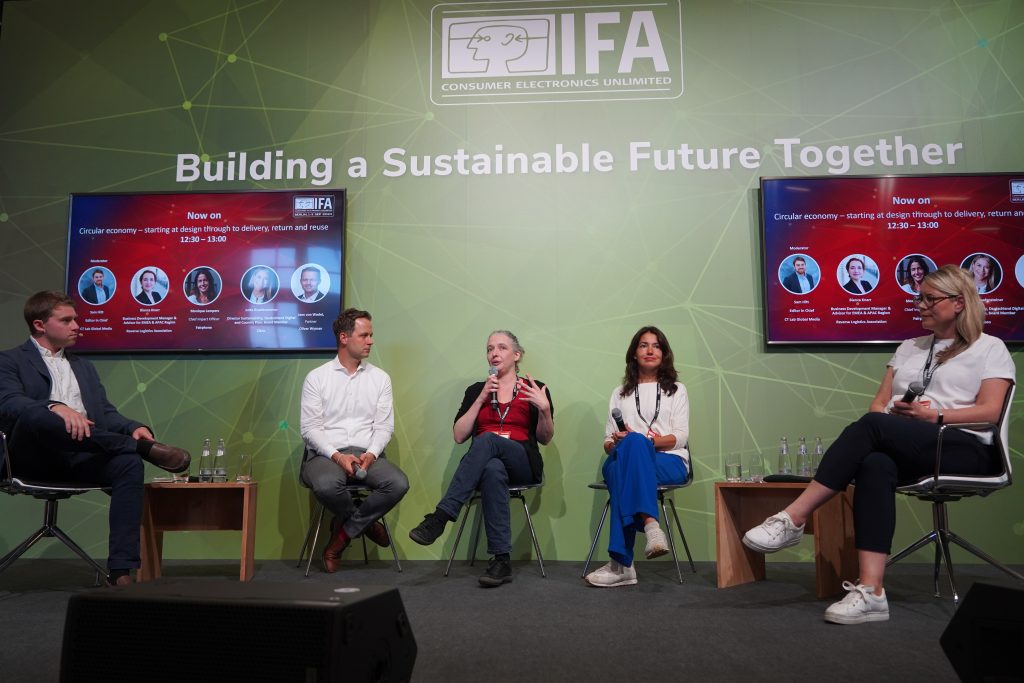
A Sustainable Business Model
The trouble – and main draw – with the circular economy is that it goes against well-entrenched linear business models, where products are purchased, used, and then discarded in favor of newer alternatives.
Finding and employing a new business model that successfully facilitates revenue creation from avenues other than the sale of new products is a major challenge that companies are exploring and experimenting with across the globe.
From a technological perspective, the skill to operate under a circular economic model is there. The question is: How can companies make it economically feasible? “I don’t think from a technology point of view there’s a problem. The problem is how to put the technology into the product. So it is a product which is sustainable,” said Franz Streibl, Ecodesign Engineer and Cofounder at Runde Tisch Reparatur, in regard to creating a sustainable financial model during the State of Circular Economy panel.
Undoubtedly, there will be growing pains but with failure comes understanding, as explained by Bergman in regard to research conducted on the process of transitioning from a product-based to service-based business model. “That was something that a lot of our members and a lot of companies in the Nordics are very interested in, but a lot of them tried it and failed.” These initial failures led to a series of discovery questions. “We wanted to figure out when does it work? How do you make it work? And, why does it fail when it failed?”
In the same State of Circular Economy panel, Vincent Chou, the vice president of Residential Air Conditioning at Midea, framed the state of adoption to circular economic principles well saying, “It is not really mature yet, It’s just starting.” He went on to say, “ Education is improving day by day. And, people are starting to understand that this is very important. So, I think that the business model will come up later on when a government entity or regulator gives some rules [and incentives].”
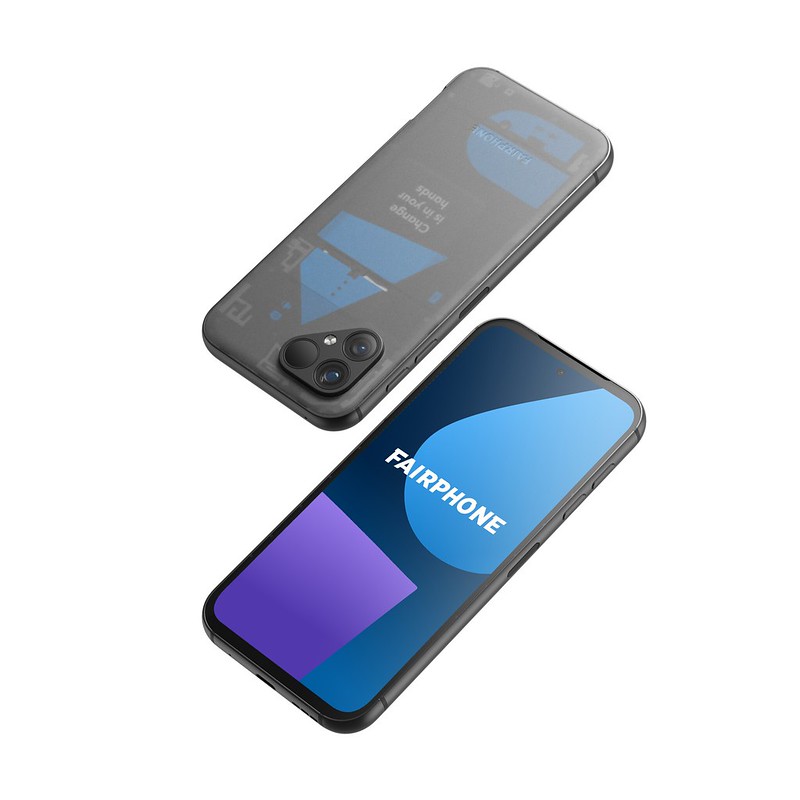
A Beacon of Circularity
Fortunately, success under a business model that prioritizes the circular economy is entirely possible as evidenced by Fairphone, which has designed itself entirely around a model of responsible consumption and corporate transparency.
Instead of designing products and software to be effective only in the short term, Fairphone is creating phones that it hopes will be in use for the next decade, said Fairphone Chief Impact Officer Monique Lempers in the IFA 2023 panel Circular Economy – Starting at Design Through to Delivery, Return and Reuse. “Last week we launched the Fairphone 5, and I’m really proud that on top of the five-year warranty, we also give an eight-year software promise and actually aim for 10 years of software support, which is an industry first.”
The newly released Fairphone 5 is just one of the company’s many product offerings that are designed to thrive under the circular model. Fairphone also offers over-ear and in-ear headphones: The Fairbuds XL and the True Wireless Stereo Earbuds.
The Fairbuds XL are made of 80 percent recycled plastic and 100 percent recycled aluminum. They are also highly modular, with over 9 individual device components that can be replaced or repaired in a cost-effective manner by the consumer.
At the company’s IFA booth, representatives gave demonstrations of how easy it is to disassemble and replace parts on the new Fairphone 5. In fact, in the spare parts section of the company’s website, customers have the ability to replace everything from the battery to the phone’s loudspeaker and even the USB-C port.
All of these options are part of the company’s revolutionary business model, which it hopes will set a high bar for the rest of the technology sector. “We want to make sure that we keep on delivering the spare parts while we have the phone on the market. It is really a challenge in itself because you are actually working against an ecosystem that is still built around a linear model,” said Lempers.
Takeaway
The need for a transition to a circular economic model in the consumer electronics sector is clear. Current levels of e-waste and CO2 emissions throughout the manufacturing process of most products are simply unsustainable. However, the implementation of successful business models centered around repairing products, reusing parts, and recycling raw materials is well within grasp for the industry. It just requires a bit of creativity. Similar to the EV boom of the past ten year, early adopters of circular economic principles, who are able to implement these solutions at scale, will position themselves to lead the industry into a new era of conscious yet profitable consumerism.







